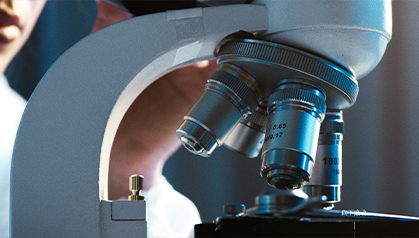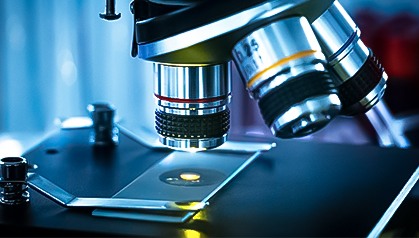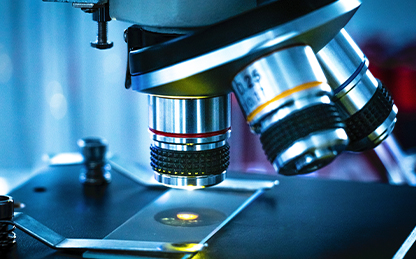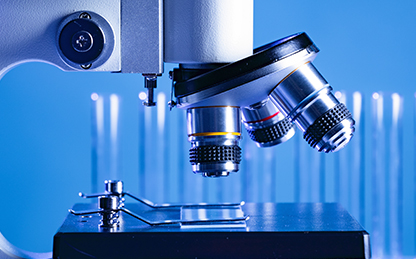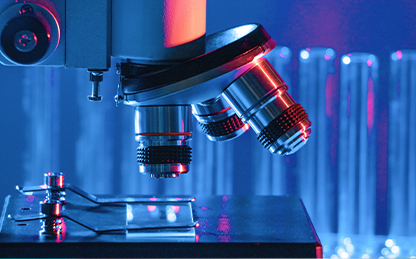A liquid crystal is an assembly of molecules that is partly ordered—for example, its molecules can be ordered (rigid) like a crystal along a vertical direction, while remaining unordered (flowing) like a liquid in a horizontal one. It may have several possible orderings, called "phases." Liquid crystals can be be manipulated by heat and cold, and electric, magnetic or mechanical forces. There are two kinds of liquid crystals: those that undergo phase changes due to temperature (themotropics) and those that undergo phase changes due to the density of a liquid, such as water (lyotropics).
Liquid crystals are everywhere. They are used in all kinds of display devices including computer monitors and laptop screens, TVs, clocks, visors, and navigation systems. Each pixel in a monitor is an assembly of liquid crystals controlled by its own electromagnetic field. The field changes the orientation of the liquid crystals, affecting how much light can be transmitted through them, in turn producing the images you see on screen.
Liquid crystals can also be found someplace you might not expect: living things! Our bodies are 98% water, and water determines most of the processes that occur in them.
Therefore it is not surprising to encounter lyotropic liquid crystal phases in the wall of the cells of all living things. These phases allow the cells to remain flexible and perform different tasks.


